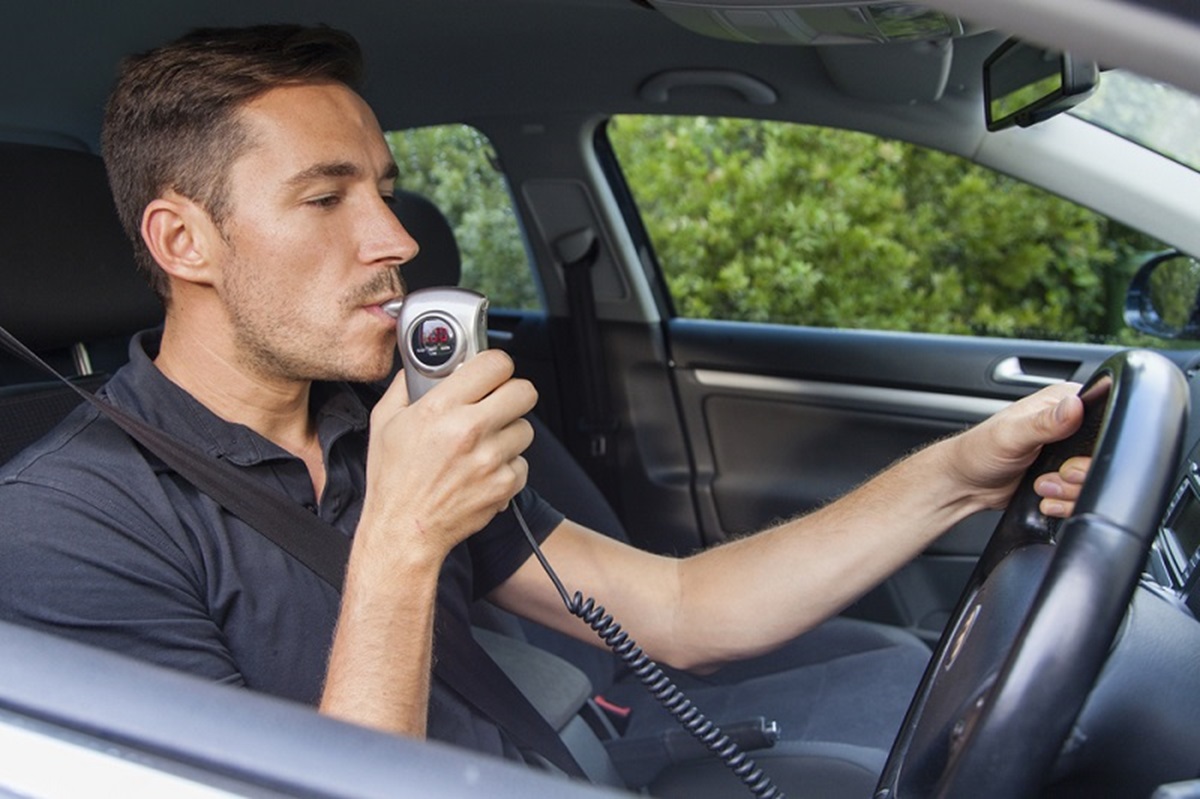The pinging sound of a car’s engine, the sleek black upholstery, the crisp click of the seatbelt – these are the familiar beats in the symphony of a vehicle. In this symphony, an interlock stands as a unique instrument, one that many are unfamiliar with. You might have found yourself wondering, “What is a vehicle interlock and how does it function?” Perhaps you’ve queried why it should concern you, or when it might become a feature in the melody of your driving experience. These are the question lines we’ll be navigating, and more, in this comprehensive guide to VicRoads Interlock Installation.
Our journey brings us under the auspices of the VicRoads Alcohol Interlock Program, a government initiative designed to help motorists safely ring the bells of second chances. As the law stands in Victoria, Australia, a driver convicted for a drink-driving offence is usually required to install an interlock in their vehicle. This musical score of the law may feel overwhelming, so we’ve taken it upon ourselves to decompose it into simple melodies for you.
Now fasten your seat belts! Over the next hour, we’ll explore the intricacies of interlock installations, travel through the highs and lows of its pros and cons, and hopefully tune you into the rhythm of your road safety responsibilities.
Understanding Vehicle Interlocks
Vehicle interlocks, sometimes also referred to as breath alcohol ignition interlock devices (BAIIDs), play the role of conductor in our orchestra. Interlocks ensure the driver’s blood alcohol level (BAC) is checked like a metronic beat, a prerequisite before the vehicle’s engine can hit its stride. This piece of hardware isn’t as complicated as it may sound — it’s a simple device that rhythmically ensures you’re physically capable of controlling your car’s movements without any distortions.
What sets VicRoads interlocks apart from others? Let’s hear it from VicRoads itself, an authority that has steadily maintained its high notes in vehicle safety requirements over the years. According to VicRoads, their interlocks are designed to be efficient, user-friendly, and tough on drink-drive offences. Additionally, these devices are tamper-proof – thus maintaining a harmonious and secure interface between the driver and their vehicle.
Understanding when a VicRoads interlock will be required is just as essential as understanding what they are. If you commit a drink-drive offence, be prepared for VicRoads to strike a chord for an interlock installation.
The Installation Process
The VicRoads interlock installation process begins when you’ve been convicted of a drink driving offence. The court will order an interlock condition be applied to your driver’s licence for a specified period. Following this, VicRoads will send you an interlock installation notice, leading your itinerary towards one of the 50 accredited service providers across Victoria.
The scent of freshly brewed coffee might linger in the air as the service provider’s technicians install your interlock. They will guide you through the process of using the device, engaging in a dialogue that ensures you understand the importance of the unit and your responsibilities.
However, the finale of the interlock installation process involves more than just a technical run-through. You are expected to sign an agreement to use the device correctly, pay the lease fees and be responsible for any damage to it. It is advisable to read and understand all the terms and conditions before signing this important contract.
Unravelling Pros and Cons
Pros: The most riveting advantage of an interlock device is that it promotes road safety. It works in unison with the law and technology to elevate responsible driving, acting as a crucial junction between human behaviour and the welfare of the community.
Cons: On the flipside, interlock devices might occasionally hit a false note. Sometimes, a faulty device may lead to an inaccurate reading. The cost of installation, maintenance, and regular calibration might also strain your pockets; nonetheless, the flip side is a safer, more responsible driving culture.
The Cost Aspect
Installing an interlock device is not a free concert. As per VicRoads, the installation cost ranges between $150 to $220. Additionally, a monthly rental fee between $100 to $150 is also applicable. Legal aid may be available for citizens; do check with the relevant authorities and service providers.
The Legal Aspect
Having an interlock installed is a legal requirement for drivers convict of certain drink-drive offences. Any attempts to tamper with the device, drive a vehicle without the device, or asking someone else to breathe into your interlock device bypassing the system are serious offences, with harsh penalties attached.
Conclusion
So there you have it – our symphony of information delving into the depth of VicRoads interlock installation. Just like a harmonious tune sets the rhythm for a dance, understanding the intricacies of interlock installations helps you groove with the beat of responsible driving. Remember, this device isn’t just a legal imposition but a safety assurance that lends a concerto to the roads we share. There may be downsides, such as the potential for inaccurate readings and financial investment, but the real masterpiece lies in the tune this device helps create—a song that resonates safety, responsibility, and harmony for all. Drive safely, everyone!




